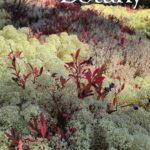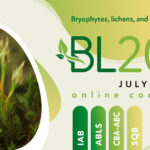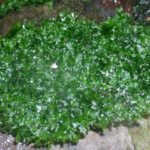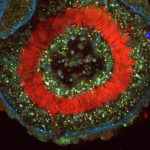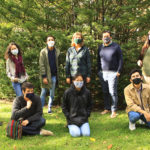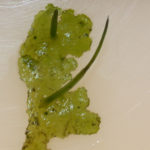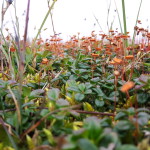
Philip Bell-Doyon travaille sur la diversité de lichens d'une forêt dans la Réserve faunique des Laurentides, le Ya'nienhonhndeh. Le nom de ce région signifie « là où l’on cueille les plantes médicinales » en langue wendat. Philip Bell-Doyon a publié récemment sur la diversité de lichens de Ya'nienhonhndeh.
Read More
